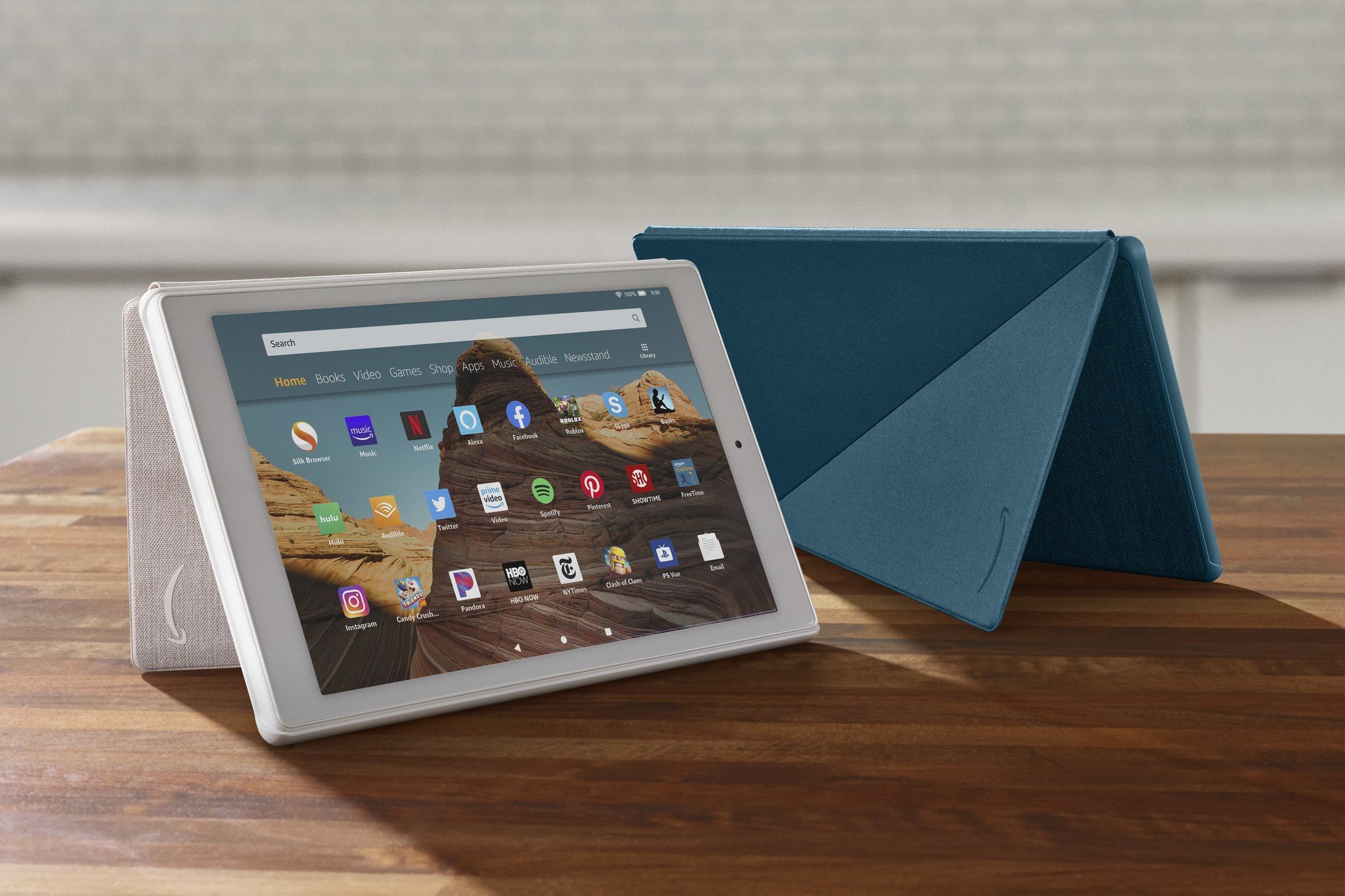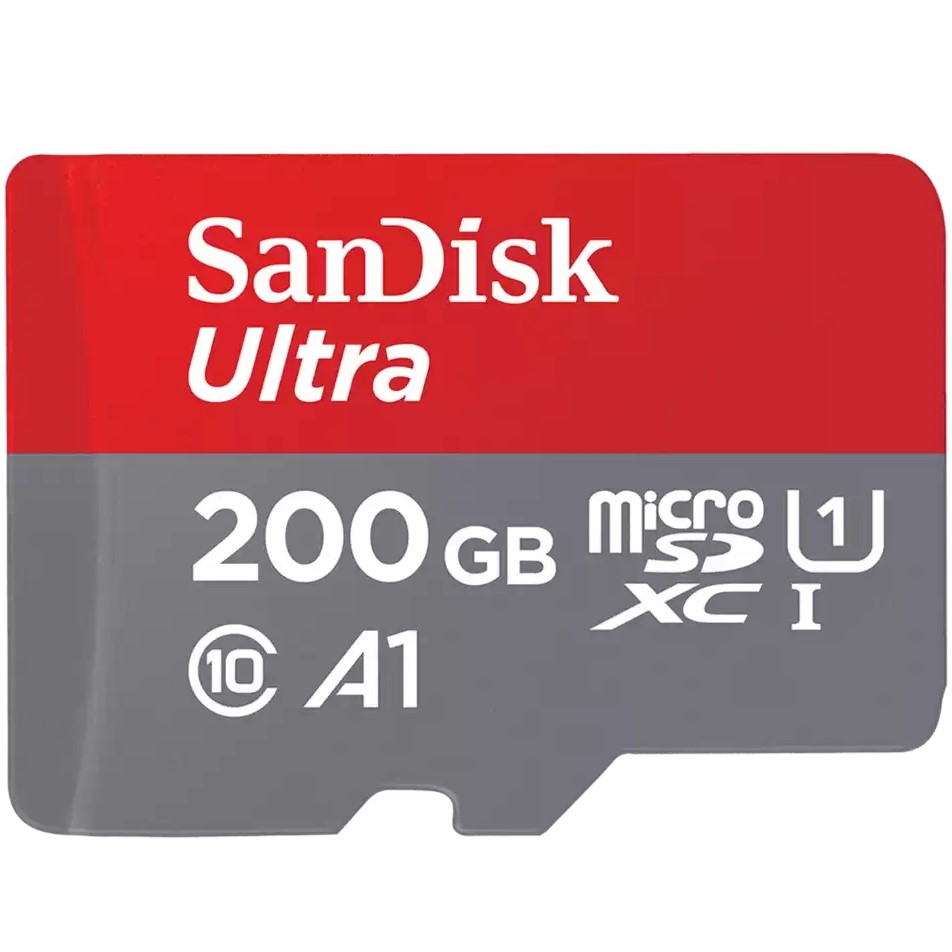What size microSD card should you buy for your Amazon Fire Tablet?
Amazon Fire tablets let you add expandable storage for more content. We'll tell you how much you need.

What size microSD card should you buy for your Amazon Fire Tablet?
Best answer: We recommend picking up a 128GB or 200GB microSD card to handle your Fire Tablet media storage needs. That'll be more than enough storage for most people and should easily handle dozens of game installations.
Why do you need a microSD card at all?
Why you can trust Android Central
With so much great content out there and the ability to download it for offline viewing, you may be wondering what size microSD card is best for the Amazon Fire Tablet. Amazon's popular line of Fire Tablets are among the best Android tablets around, and they are beloved because they provide a great entertainment device for a low price, but one reason for that low price is a low amount of included internal storage.
Thankfully, these awesome Fire tablets offer expandable storage by way of a microSD card. Depending on which Fire tablet you go with, you may only have 16GB of internal storage, so getting some additional storage is a great idea if you want to download lots of media content.
True, you can pay more to get a 32GB or even 64GB variant, but that may not always be the best (or most affordable) option for everyone. By going with one of the larger internal storage options for your tablet, you will likely spend quite a bit more than you would if you were to add a microSD card for expansion.
What takes up all that space?
As you may be aware, Fire tablets run Amazon's FireOS, which is a forked version of Android that does not include the Google Play Store, apps, or services. That being said, Amazon's own AppStore offers a ton of content consumption options, including many (if not most) of the streaming music, video, and games that you might want to download.
When you're considering what size of internal storage you want to get in your Fire tablet, or how much expandable storage you might need, consider the size of some of these popular Amazon Fire HD games:
- Crossy Road - 114.9MB
- Minecraft - 689.9MB
- Stardew Valley - 279.1MB
- LEGO Star Wars - up to 1.2GB
- Sonic Forces - 236.7MB
Most popular streaming video apps like Prime Video, Netflix, Hulu, and Disney+ allow you to download content for offline viewing (some require a subscription to do this), as do good music apps like Amazon Music, Spotify, YouTube Music and Tidal. While a song only takes up a few megabytes, video is much larger at around 500MB per hour on the low end. If you download in HD, you can be looking at over 1GB per hour.
It doesn't take long to realize that onboard storage won't go very far. It's better to gamble on getting more storage than to have to keep removing and re-downloading your favorite content when you want to play, watch, or listen offline. Depending on what type of media (and how much) you want to carry on your Fire tablet (be that games, movies, music, photos, etc.), it might be a good idea, and a money-saving idea, to pick up a decent microSD card.
What size should you get?
So long as Amazon allows you to add memory in the form of a microSD card, we generally recommend getting a 16GB or 32GB Fire tablet and then picking up the largest microSD card that is supported you can afford. This rings true regardless of whether you go with the Amazon Fire 7, Fire HD 8, or Fire HD 10. Luckily you can get a lot of gigabytes these days for relatively little.
The memory capacity in the latest round of Fire tablets can be expanded up to 512GB, so we recommend picking up at least 128GB or even 200GB microSD card for the best balance of price to storage. Right now, you can get a 200GB microSD card for under $30 at Amazon, which is $10 cheaper than going from 32GB to 64GB of included storage on the latest Fire HD 10.
Be an expert in 5 minutes
Get the latest news from Android Central, your trusted companion in the world of Android

Jeramy was the Editor-in-Chief of Android Central. He is proud to help *Keep Austin Weird* and loves hiking in the hill country of central Texas with a breakfast taco in each hand.

